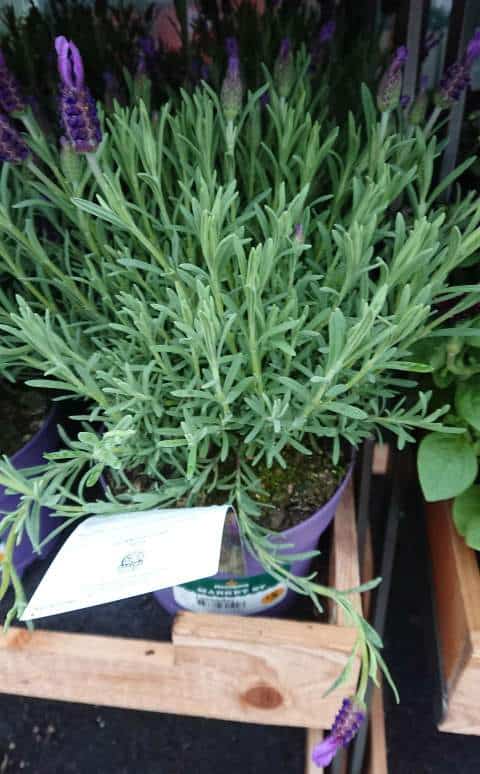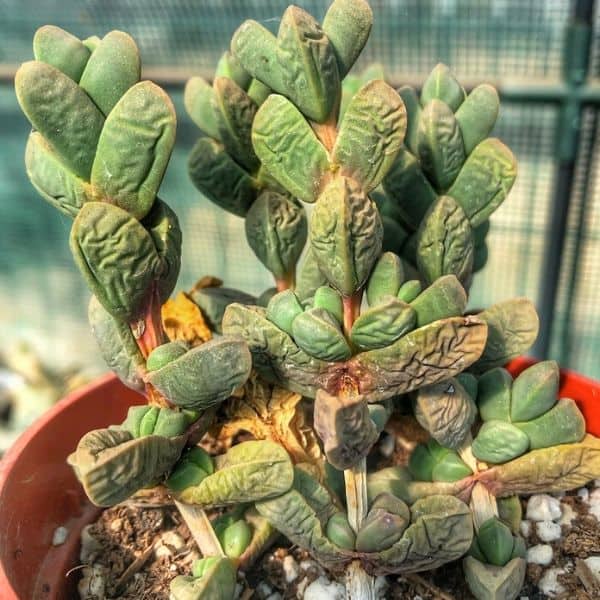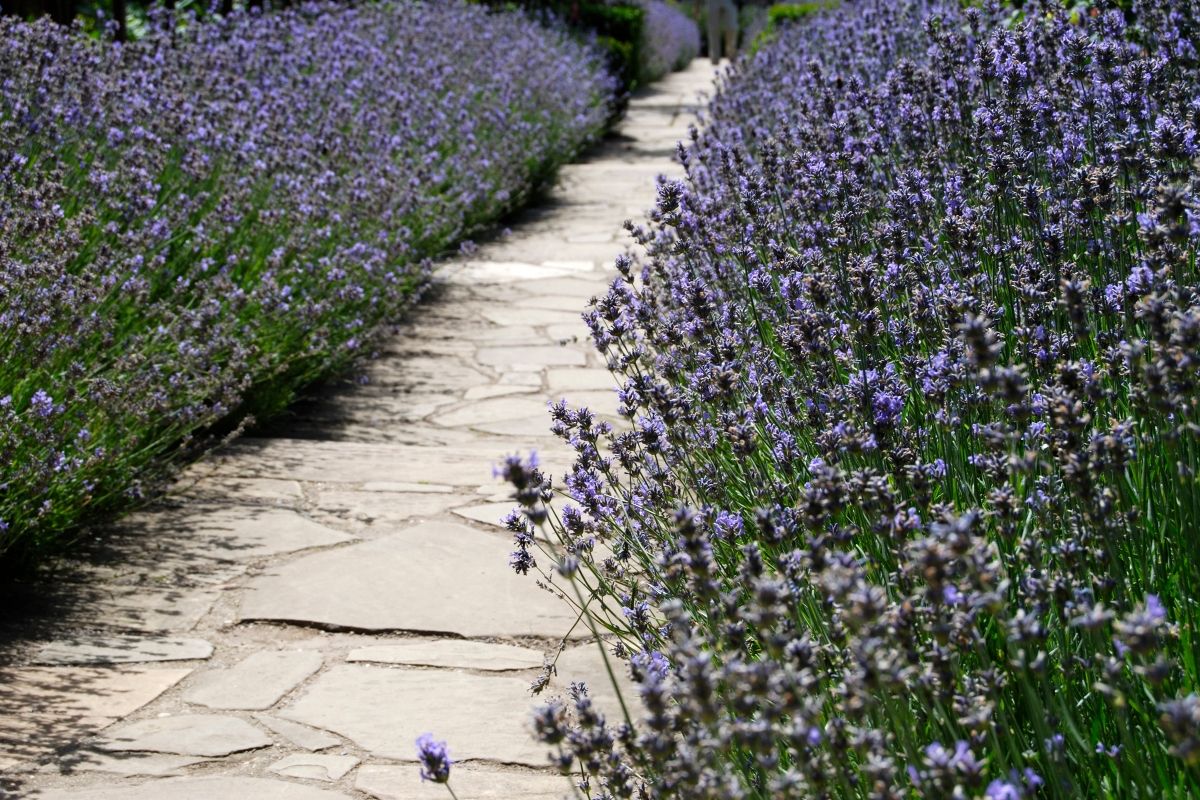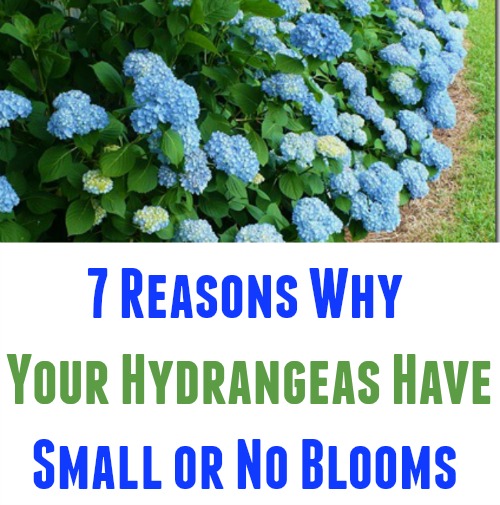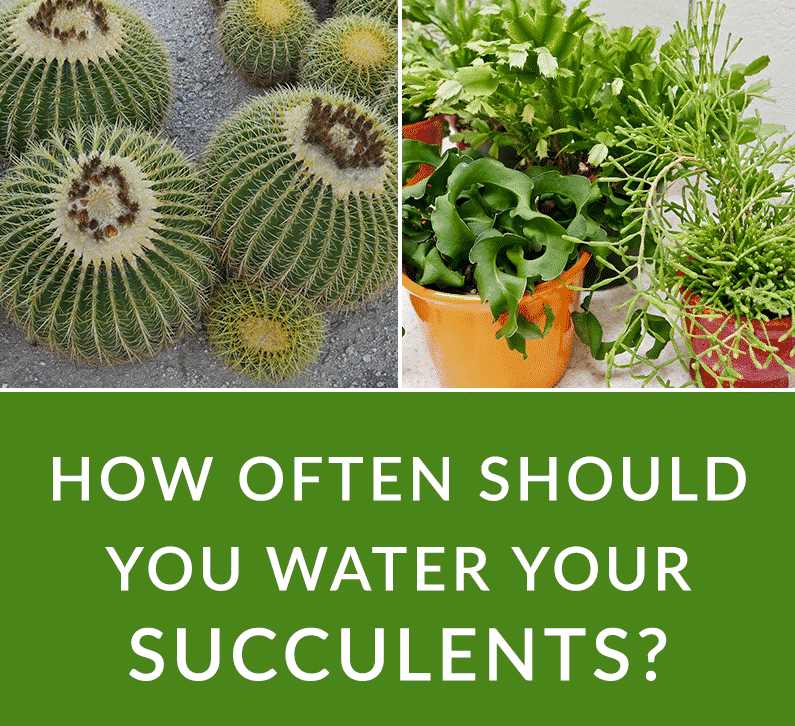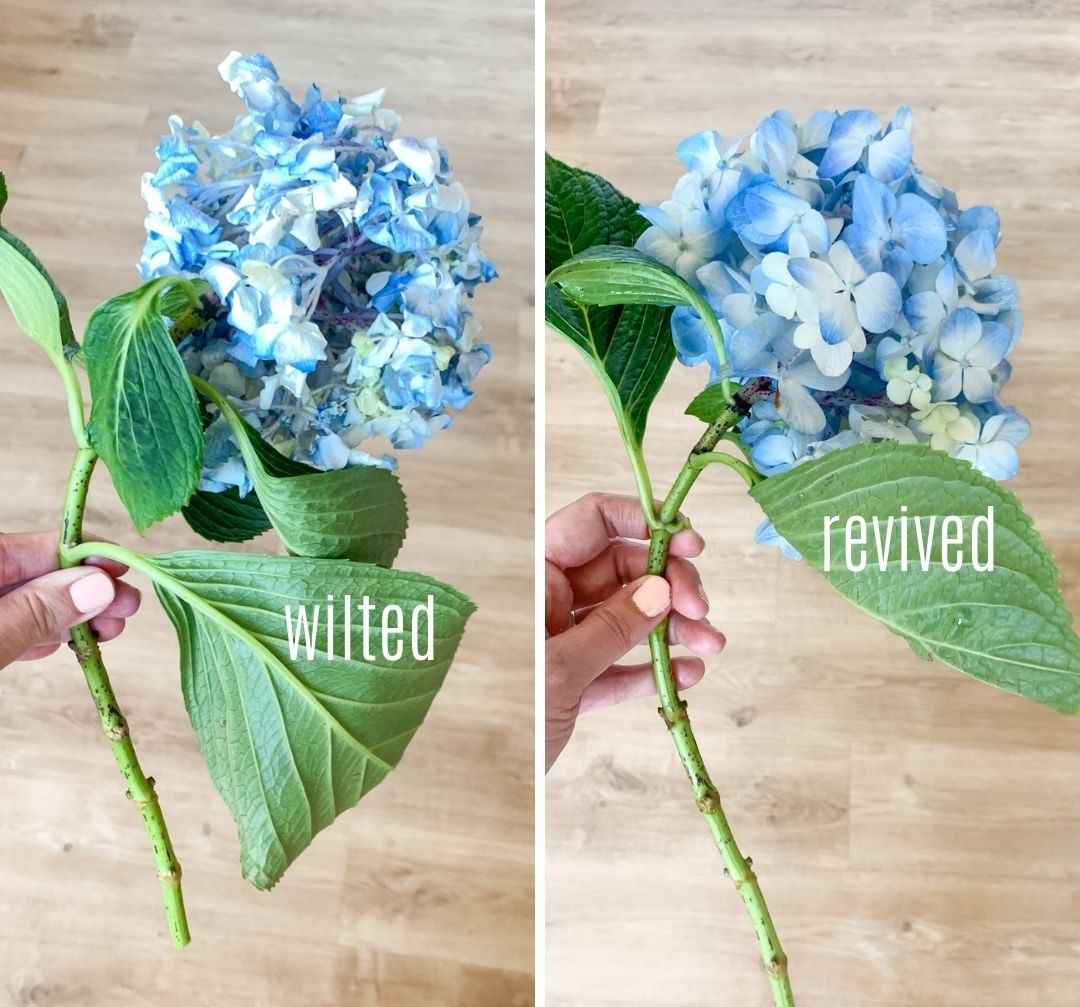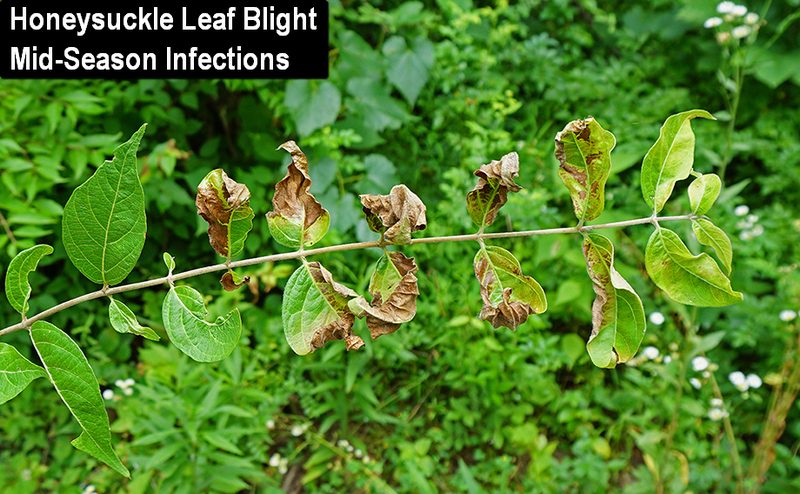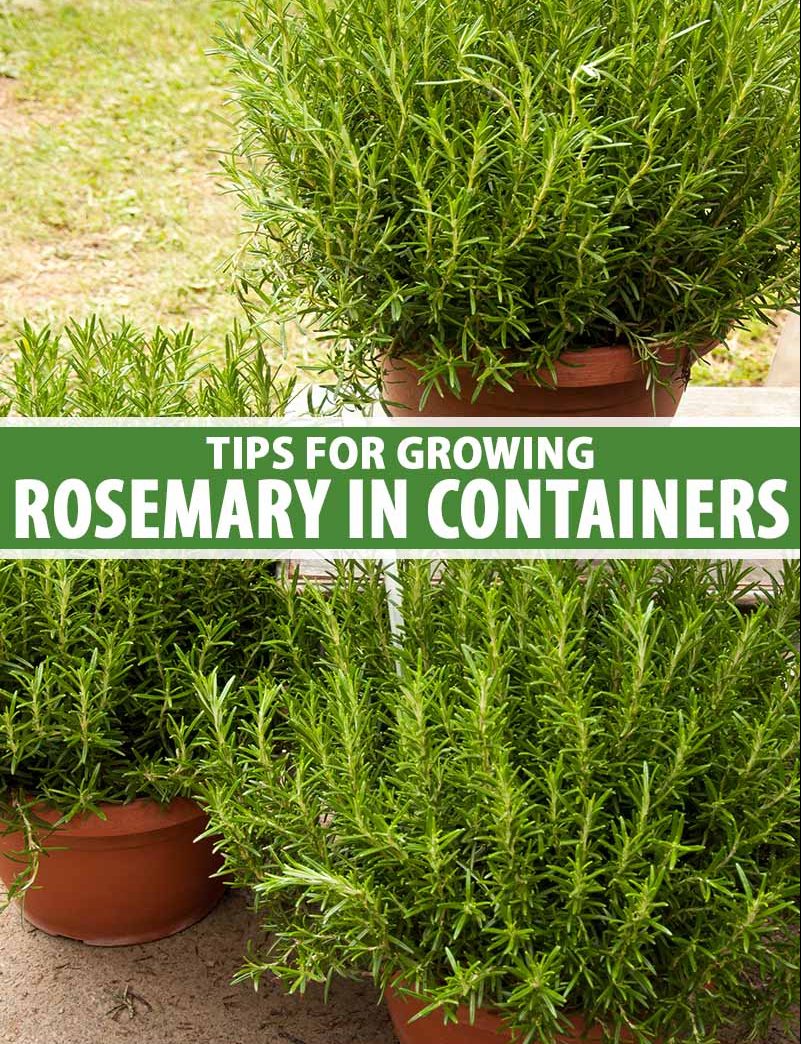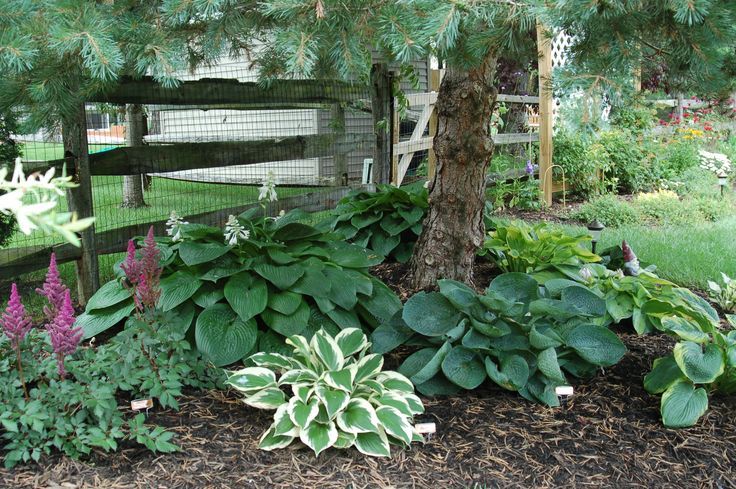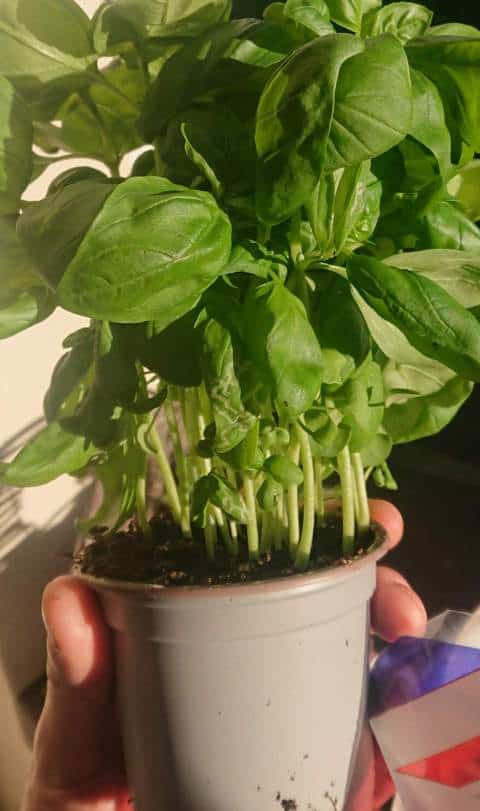Why is my Lavender Drooping? (The Solution)
Since lavender plants can withstand drought, its drooping is probably an indication of stress brought on by overwatering as opposed to underwatering. It might also be an indication that the soil the roots are in is either excessively nutrient-rich or holds on to moisture for too long. Lavenders naturally flourish in sandy, well-drained, low-fertility soils …

